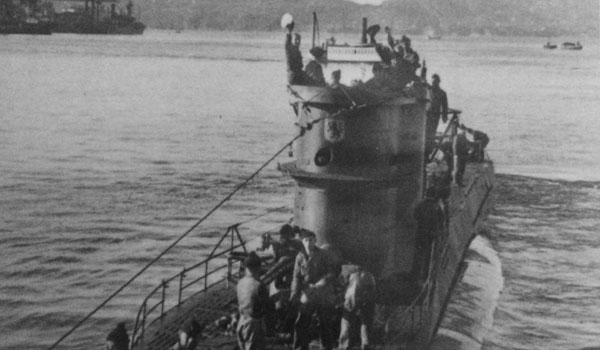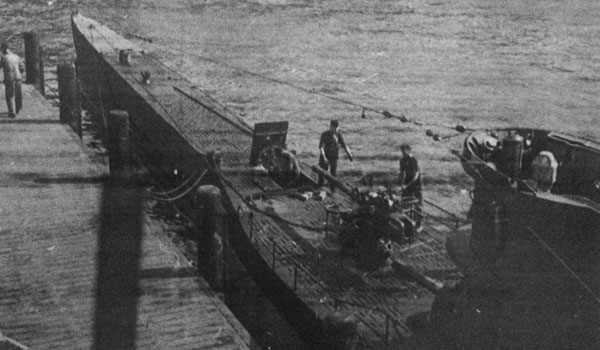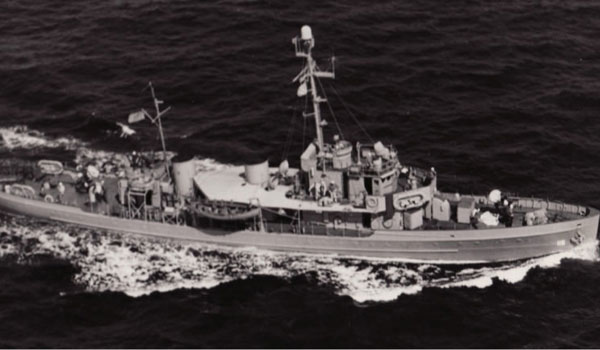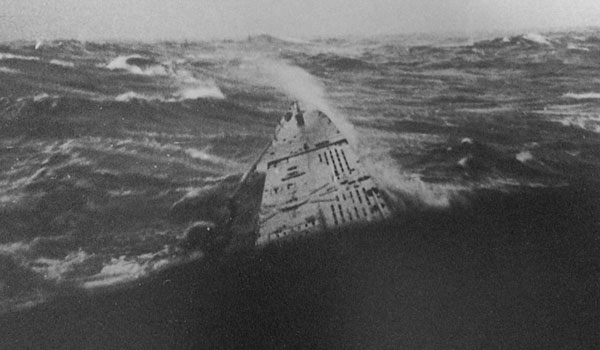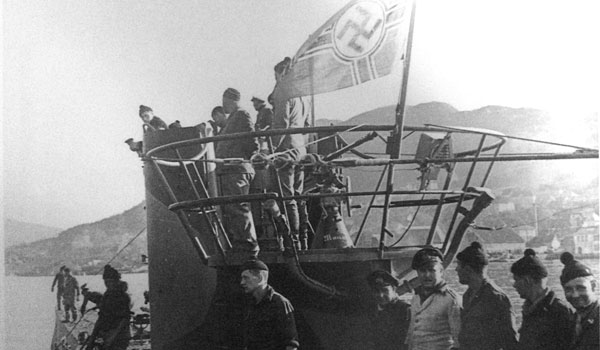Significance
The Battle of the Atlantic, though not well known to the public, is viewed as a keystone to Allied victory in Europe. The extensive naval engagement is the longest single operation of World War II and one of the most complex in history. Although the KS-520 conflict represents only a single naval action, it was in fact a significant representation of a broader strategic process taking place at that stage of the war.
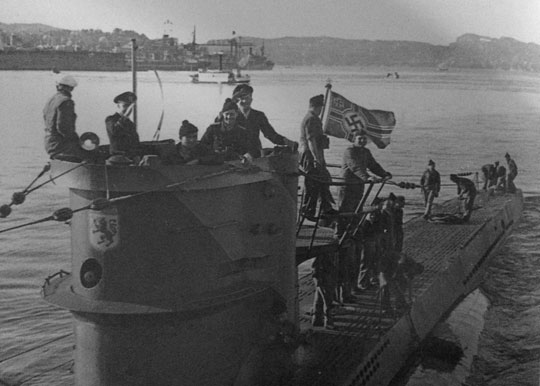
In locating the battlefield of the KS-520 conflict, historians and maritime archaeologists now have an opportunity to reassess history, as well as analyze the archeological record to determine the progression of events during the conflict. Using this information, they will be able to study adaptation and tactical behavior displayed by the U.S. Navy in responding to the German U-boat threat. There are many unanswered questions about the battle and the order of the events, but now with these two sites identified, archeological examination of the sunken vessels might offer explanations.
Finally, locating the U-576 is significant because it identifies the final resting place for the 45 men who went down with the U-576. The shipwreck now lies at the bottom of the ocean as a war grave and memorial for the U-576 and its crew. The German Foreign Office said in a statement, “It is international custom to view the wreckage of land, sea, and air vehicles assumed or presumed to hold the remains of fallen soldiers as war graves. As such, they are under special protection and should, if possible, remain at their site and location to allow the dead to rest in peace.”


